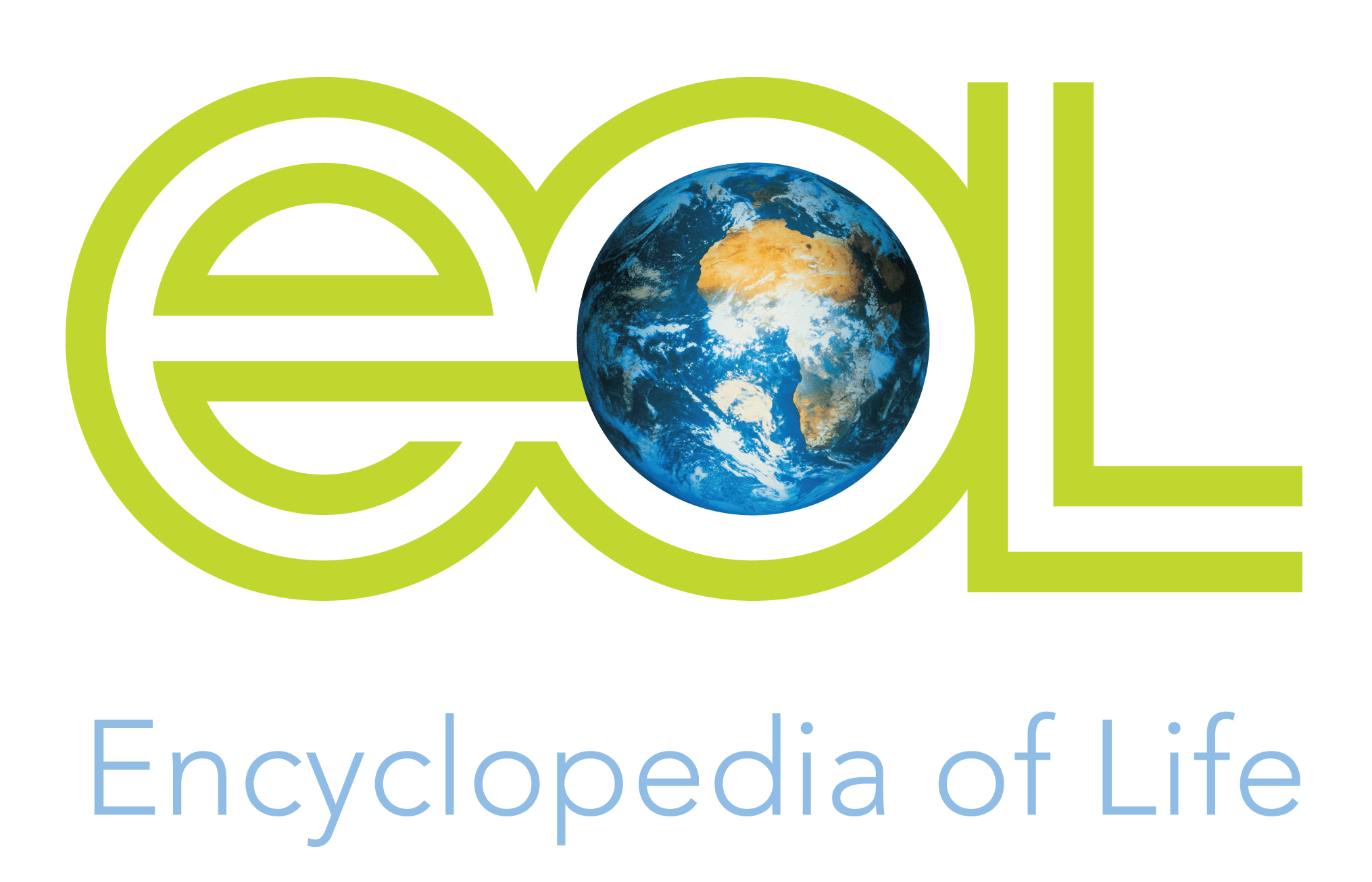habitat_narrative
Terrestrial
Homopus femoralis is found at high altitudes of 900 to 1,900 m. Its habitat falls mainly in regions with sweet veld, such as the Dry Highveld Grassland and the eastern Nama Karoo, with a marginal presence in Savanna and Fynbos vegetation. The species has some association with rocky terrain but individuals are most often found under vegetation in shrubland (V.J.T. Loehr pers. comm.). Consequently, it is not a habitat specialist like H. (C.) boulengeri and H. (C.) signatus. Little is known of the species' diet in the wild, but it feeds on a large variety of plants in captivity (Loehr 2009, 2012a). The species has a low activity level, which seems to be stimulated by rain, and it appears to brumate in winter (Loehr 2012b). It is the largest of the five extant Homopus and Chersobius species, with a maximum shell length of 168 mm, with females being larger than males (Branch 2008, Loehr 2012c). There is no information on age at maturity or longevity. Females probably produce only one clutch in the spring, consisting of 1–4 eggs, with clutch volume being 2.5–12.8% of shell volume (Loehr 2013).

